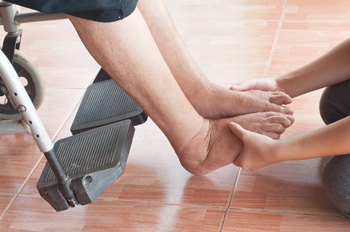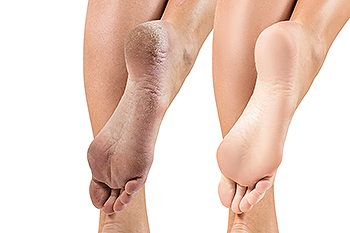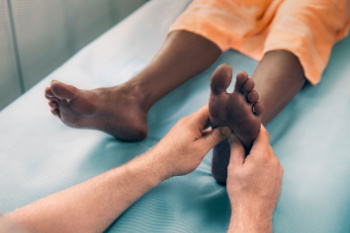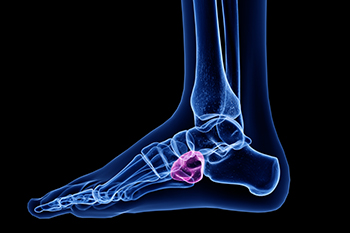
As people age, maintaining foot health becomes vital, but yet often overlooked. Older adults commonly face several foot problems that can significantly impair their mobility and quality of life. These issues can include arthritis, which leads to joint pain and deformity, diabetes-related complications like neuropathy, which increases the risk of foot ulcers, and circulatory problems that slow healing and increase infection risks. Other common concerns are plantar fasciitis, bunions, hammertoes, and fungal infections, which become more prevalent with age due to changes in skin elasticity and foot structure. Preserving foot health is essential for seniors as it supports mobility, balance, and overall independence. Prevention plays a key role and involves proper foot hygiene, well-fitting, supportive footwear, and regular foot checks to identify problems early. Given the complexities of foot care in older age, if you are a senior, it is suggested that you schedule regular appointments with a podiatrist who can provide tailored advice and treatment, helping to maintain foot health and enhance quality of life.
If you need your feet checked, contact one of our podiatrists of Foot and Ankle Clinics, PA. Our doctors will attend to all of your foot and ankle needs and provide you with quality treatment.
Geriatrics and Podiatry
When people age, some common issues that may occur are bone density loss, dry skin, poor circulation, and rough brittle nails. These issues may also affect your foot health if the necessary steps are not taken to alleviate the problems.
It is important to take care of your feet because feet that are injured or diseased can affect your overall health. Having painful feet hinders your ability to do daily activities or may decrease your willingness to do the things that you need to do.
Visiting Your Geriatrician
As we age, health problems become more likely, so it is essential to visit your doctor for check-ups to ensure that you are doing the best you can to take care of your health. It is recommended to check your feet frequently for any possible cuts, bruises, swelling, corns or any other irregularities.
Taking Care of Elderly Feet
Cracked or dry feet can be treated by applying moisturizer often. It is also important not to wear old socks because the older the sock is, the higher the possibility there will be that there is bacteria there. Wear fresh socks and make sure they fit properly.
Proper foot health means that you can have a more active lifestyle and you will not be bogged down by pain. Foot health also leads to good circulation, which is paramount for overall health.
If you have any questions, please feel free to contact our offices located in Woodbury, West St. Paul, and Edina, MN . We offer the newest diagnostic tools and technology to treat your foot and ankle needs.







